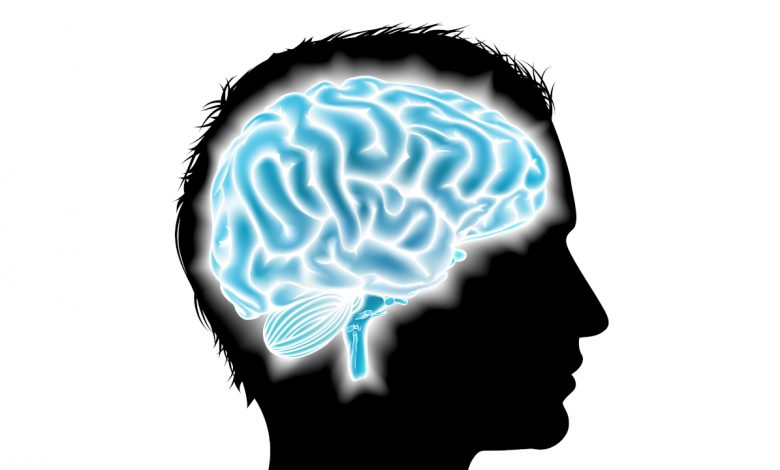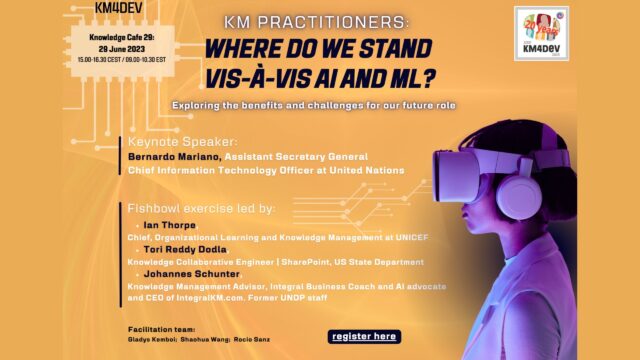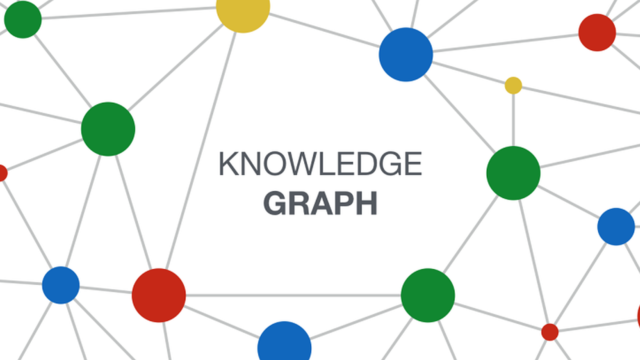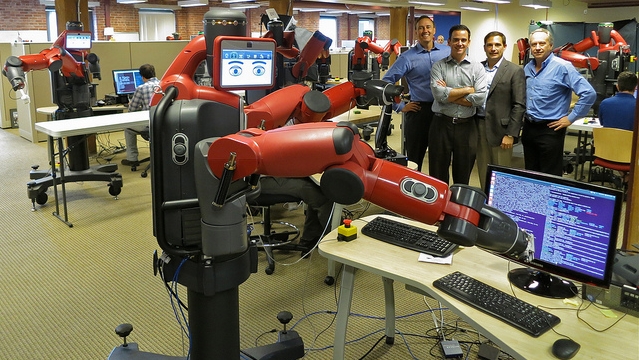
Researchers map human cortex & train machine-learning classifier to assist future studies [2016’s top 100 journal articles]
This is part 5 of a miniseries reviewing selected papers from the top 100 most-discussed journal articles of 2016.
To help understand how the brain works, neuroscientists have long wanted to create a map, or “parcellation”, of the subdivisions of the human cortex.
A recent study1 has used data from 210 subjects to create the most accurate map to date, and also trained a machine-learning classifier to facilitate automated delineation of the subdivisions in future subjects and studies. The parcellation and classifier are being made freely available, which will enable improved neuroanatomical precision in future studies. The paper reporting the study is article #47 of the top 100 most-discussed journal articles of 2016.
The study used exceptionally high-quality magnetic resonance imaging (MRI) data from the Human Connectome Project (HCP) and an improved areal feature-based cross-subject alignment method called MSMAll to analyse architecture, function, connectivity and topography across all of the neocortex in both brain hemispheres. A total of 180 areas per hemisphere were delineated, comprising 97 new areas and 83 areas previously reported.
The researchers unexpectedly found that while there was improved alignment between subjects, some areas in some subjects have atypical topology. They developed a fully automated method for identifying the parcellation in individual subjects based on a machine learning classifier that can cope with this topological variability. In new subjects, the areal classifier detected 96.6% of individual subject cortical areas, including atypical areas, and in an independent sample it replicated the group parcellation. The MSMAll registration and the areal classifier will be freely available on GitHub.
Reference:
- Glasser, M. F., Coalson, T., Robinson, E., Hacker, C., Harwell, J., Yacoub, E., … & Smith, S. M. (2015). A Multi-modal parcellation of human cerebral cortex. Nature. ↩
Also published on Medium.






